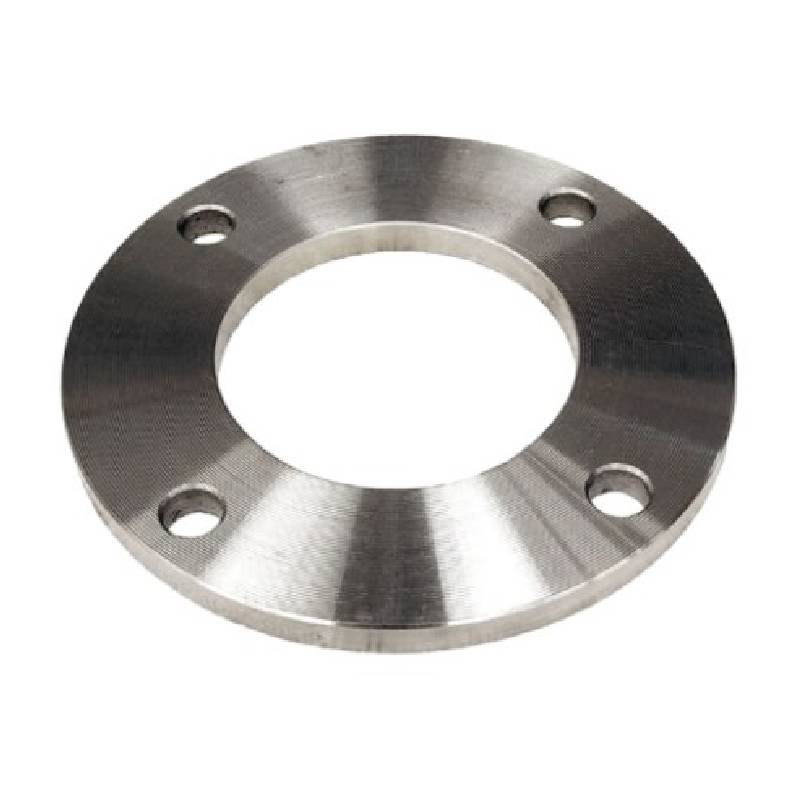-
Cangzhou Yulong Steel Co., Ltd.
-
Phone:
+86 13303177267 -
Email:
admin@ylsteelfittings.com
- English
- Arabic
- Italian
- Spanish
- Portuguese
- German
- kazakh
- Persian
- Greek
- French
- Russian
- Polish
- Thai
- Indonesian
- Vietnamese
- Zulu
- Korean
- Uzbek
- Hindi
- Serbian
- Malay
- Ukrainian
- Gujarati
- Haitian Creole
- hausa
- hawaiian
- Hebrew
- Miao
- Hungarian
- Icelandic
- igbo
- irish
- Japanese
- Javanese
- Kannada
- Khmer
- Rwandese
- Afrikaans
- Albanian
- Amharic
- Armenian
- Azerbaijani
- Basque
- Belarusian
- Bengali
- Bosnian
- Bulgarian
- Catalan
- Cebuano
- China
- China (Taiwan)
- Corsican
- Croatian
- Czech
- Danish
- Esperanto
- Estonian
- Finnish
- Frisian
- Galician
- Georgian
- Kurdish
- Kyrgyz
- Lao
- Latin
- Latvian
- Lithuanian
- Luxembourgish
- Macedonian
- Malgashi
- Malayalam
- Maltese
- Maori
- Marathi
- Mongolian
- Myanmar
- Nepali
- Norwegian
- Norwegian
- Occitan
- Pashto
- Dutch
- Punjabi
- Romanian
- Samoan
- Scottish Gaelic
- Sesotho
- Shona
- Sindhi
- Sinhala
- Slovak
- Slovenian
- Somali
- Sundanese
- Swahili
- Swedish
- Tagalog
- Tajik
- Tamil
- Tatar
- Telugu
- Turkish
- Turkmen
- Urdu
- Uighur
- Welsh
- Bantu
- Yiddish
- Yoruba

Dec . 15, 2024 01:31 Back to list
Welding Techniques for Effective Fitting Connection Solutions and Best Practices
Understanding Weld-On Fittings A Comprehensive Guide
Weld-on fittings are essential components in various piping systems, playing a crucial role in the construction and assembly of durable, leak-proof connections. These fittings are typically fabricated from materials like stainless steel, carbon steel, or other alloys, and they provide a robust solution for joining pipes or tubes in demanding environments. This article explores the significance, application, and benefits of weld-on fittings while also discussing installation techniques and maintenance tips.
What are Weld-On Fittings?
Weld-on fittings are connections designed to be welded directly onto the ends of pipes or tubing to create a secure, permanent joint. They come in various shapes and sizes, including elbows, tees, reducers, flanges, and caps. By melting the fitting and the parent material together through the welding process, a steadfast connection is formed that can withstand high pressures and temperatures, making them ideal for both industrial and commercial applications.
Applications of Weld-On Fittings
Weld-on fittings are utilized in a wide range of industries due to their versatility and strength. Below are some of the most common applications
1. Oil and Gas Industry In this sector, the durability of weld-on fittings is paramount. They are used in pipelines that transport crude oil, natural gas, and other hydrocarbons, often in extreme conditions.
2. Chemical Processing Chemical plants require fittings that can handle corrosive substances. Weld-on fittings made from specialized materials, like stainless steel or Hastelloy, are favored due to their resistance to chemical reactions.
3. Water and Wastewater Systems In municipal water supply and wastewater management, the reliability of piping systems is critical. Weld-on fittings ensure that there are no leaks that could lead to contamination.
4. Construction and Infrastructure Many structures, such as bridges and buildings, incorporate weld-on fittings in their structural steelwork, providing stability and support.
5. Food and Beverage Industry Sanitary weld-on fittings are used in food processing to ensure hygiene and compliance with safety standards.
Advantages of Weld-On Fittings
The benefits of using weld-on fittings over other types of connections, such as threaded or flanged fittings, are significant
- Strength and Stability Welding creates a joint that is often stronger than the pipe itself, making it essential for high-pressure applications where failure is not an option.
weld on an fittings

- Leak Resistance Welded joints typically offer better leak resistance compared to mechanical connections, which can become loose or corrode over time.
- Less Space Requirement Weld-on fittings eliminate the need for additional hardware required for threaded or flanged joints, allowing for more compact installations.
- Simplified Installation For experienced welders, the process of attaching fittings through welding can be faster than using bolts or screws, particularly in confined spaces
.Installation Techniques
Installing weld-on fittings requires careful preparation and skilled workmanship. Here are some key steps in the installation process
1. Surface Preparation Clean the surfaces of both the pipe and the fitting to remove any contaminants such as oil, dirt, or rust that might interfere with the weld.
2. Alignment Ensure that the pipe and fitting are correctly aligned to facilitate an even weld. Misalignment can lead to structural weaknesses.
3. Welding Use appropriate welding techniques, such as TIG or MIG welding, depending on the base materials. Ensure proper heat settings and welding speeds to avoid warping or overheating the materials.
4. Post-Weld Inspection After welding, inspect the joints for any defects or imperfections. This may involve visual inspections or more sophisticated non-destructive testing methods.
Maintenance and Care
To ensure the longevity and reliability of welded joints, regular maintenance is advised. Inspect the joints periodically for signs of wear, corrosion, or deformation. For systems exposed to harsh environments, consider implementing protective coatings or finishes to enhance durability.
Conclusion
Weld-on fittings are integral to the integrity and efficiency of piping systems across various industries. By understanding their applications, benefits, and installation procedures, professionals can make informed decisions that improve the performance and reliability of their piping networks. Embracing these fittings not only supports operational efficiency but also contributes to safety and environmental sustainability in industrial practices.
Latest news
-
ANSI 150P SS304 SO FLANGE
NewsFeb.14,2025
-
ASTM A333GR6 STEEL PIPE
NewsJan.20,2025
-
ANSI B16.5 WELDING NECK FLANGE
NewsJan.15,2026
-
ANSI B16.5 SLIP-ON FLANGE
NewsApr.19,2024
-
SABS 1123 FLANGE
NewsJan.15,2025
-
DIN86044 PLATE FLANGE
NewsApr.19,2024
-
DIN2527 BLIND FLANGE
NewsApr.12,2024
-
JIS B2311 Butt-Welding Fittings LR/SR 45°/90° /180°Seamless/Weld
NewsApr.23,2024











